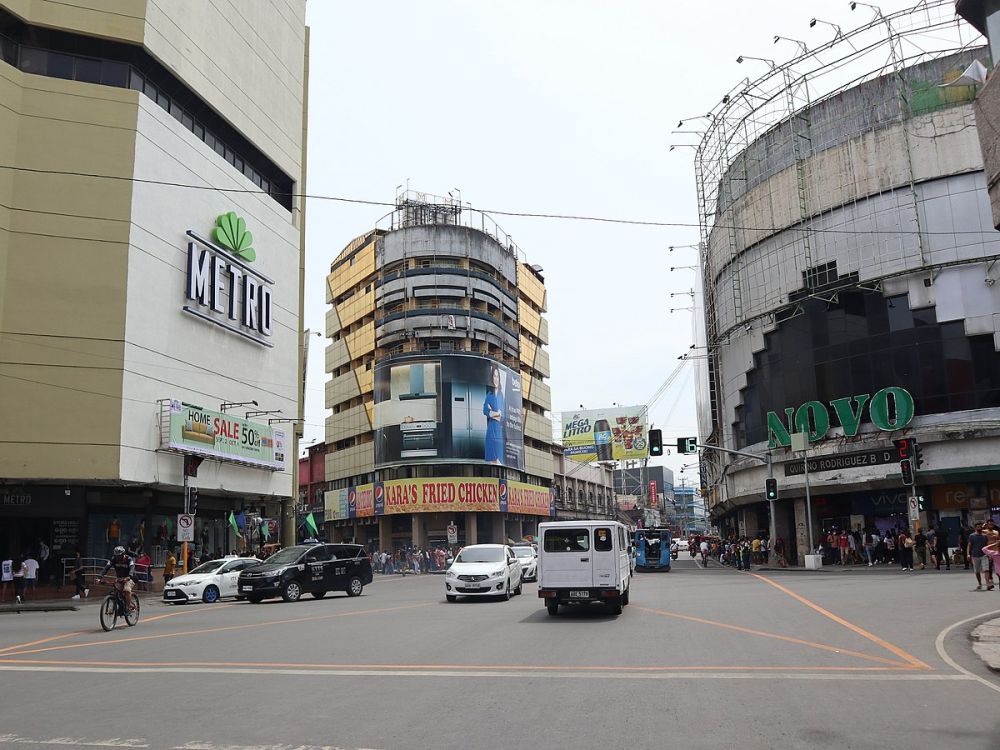

Colon Street in Cebut City is often celebrated as the oldest and shortest national road in the Philippines. Its history as a hub of commerce and culture extends back to the Spanish colonial period, making it an area steeped in Filipino history. Established by Spanish conquistadors in the 16th century, specifically by Miguel López de Legazpi, it has developed over the centuries into a bustling street that reflects the changes and growth of Cebu City.
In the past, Colon Street served as a primary thoroughfare for the Spanish colonial administration, becoming a locus for trade, administration, and religious activity. During the American colonial period and the subsequent Philippine Commonwealth, it continued to thrive as a business and shopping district. The post-World War II era saw a boom in development as new shops, offices, and cinemas were established.
With the growth of Philippine independent governance, Colon Street started to draw in tourists who wanted to experience a piece of the country's rich history. The blend of Filipino culture, Spanish colonial architecture, and the pulsating modernity of business districts became a unique selling point for tourism in Cebu City.
Significant efforts have been made to preserve the historical value of certain landmarks along Colon Street while allowing for modern commercial activities. Tourists are often captivated by the Spanish-era buildings that have been repurposed for modern use, and it is not uncommon to find stores selling traditional Filipino crafts alongside contemporary malls and eateries.
In recent years, there has been a distinct shift towards experiential and cultural tourism on Colon Street. More visitors are interested in guided heritage walks, historical reenactments, and cultural festivals that bring to life the street's storied past. This resurgence of interest in local culture has led to an increase in patronage for long-standing businesses offering traditional Cebuano goods and services.
Another noticeable trend has been the rise of digital nomadism, with an increasing number of international tourists coming to Cebu City not only for leisure but also to work remotely, blending their professional and travel experiences.
The influx of tourism in Cebu City, with Colon Street as one of its highlights, has greatly contributed to the city's economy. However, local stakeholders and the government are actively engaging in efforts to ensure that tourism development is sustainable and does not compromise the historical and cultural integrity of this important Filipino landmark.
Overall, Colon Street continues to be both a symbol of Cebu City's heritage and a lively part of its present and future, drawing in tourists from around the world with its unique fusion of history and contemporary urban life.